Fujifilm’s X100 is one of the most coveted digital cameras in recent history (hands-on with the Fujifilm X100). Wisely, Fujifilm left the new X100S, announced in January, mostly the same as the X100. It has the same 23mm f/2.0 (equivalent to 35mm focal length) fixed lens, intuitive manual controls (including an old-school aperture ring!) and hybrid viewfinder. It’s not all the same, of course. Fujifilm made a couple of critical updates. They gave the X100S a brand new 16-megapixel X-Trans CMOS II APS-C sensor with embedded phase detect pixels for hybrid auto focus. And to take maximum advantage of the new sensor, the X100S also got new processing. Fujifilm claims the new EXR Processor II gives the new camera 30% better noise control and seriously improved speed compared to the X100.
Update: Our full hands-on review of the Fujifilm X100S is complete. Check it out to learn all about the camera’s feel, performance and image quality!
My X100S loaner camera arrived yesterday and I got started on my box-opening video and made the sexy product shots you see here. I also took a few quick test photos last night and this morning. They aren’t anything I’m willing to share yet, but I did take a quick peek and I think the image quality is very promising. I’ll have to use the camera some more and shoot studio tests before I can really say anything definitive, though.
Fujifilm X100S Key Features and Specs:
- New 16.3-megapixel APS-C X-Trans CMOS II sensor
- New EXR Processor II
- Embedded phase detect pixels for hybrid auto focus
- World’s fastest AF – as quick as 0.08 seconds
- Fujinon 23mm f/2.0 prime lens (equivalent to 35mm focal length)
- Hybrid Viewfinder combines with optical and electronic modes
- 2.8-inch 460k-dot LCD display
- Focus peaking
- Digital Split Image
- 1920 x 1080 60 FPS full HD video
- ISO 200 to 6400, expandable to ISO 100 and ISO 25,600
- Die-cast magnesium alloy body
- New Q “Quick” button and menu
- Built-in flash and flash hot shoe
- 6 FPS high-speed burst
- Built-in electronic level
When the X100S was announced, Fujifilm said the phase detect pixels on the sensor gave it the world’s fastest auto focus. Since the new X-Trans CMOS II sensor will likely trickle up to their X-Series interchangeable lens cameras, which have notoriously slow auto focus, the improved AF performance is a big deal. I haven’t noticed it to be super quick or anything. However, and more importantly, I haven’t noticed any AF problems like I did with the Fujifilm X-E1, when I reviewed it (Fujifilm X-E1 review). Trust me, though – I’ll be putting the X100S auto focus through its paces when I get into the review process. Auto focus is always a big deal for me and the new hybrid auto focus systems are very interesting.
For now, the most I can really say about the X100S is it looks and feels as good in person as it does in these photos. And whether or not you’re personally interested in the X100S, it’s an important camera. The first-generation X-Trans sensor in Fujifilm’s X-Pro1, X-E1 and X-M1 interchangeable cameras was the best APS-C sensor available when it was introduced. So Fujifilm’s new X-Trans CMOS II sensor in the X100S is a big deal – especially with the embedded phase detect AF pixels. The X100S performance is an important indicator of what we can expect from the next generation of Fujifilm’s X-Series mirrorless cameras – and APS-C sensors in general.
Stay tuned…
For more in-depth discussion on the Fujifilm X100S’s features and technical specs, read my intro article, here:
Related Content:
All Fujifilm User Reviews
All Digital Camera User Reviews
Digital Cameras Forum
More Fujifilm News & Articles
Fujifilm Web Site



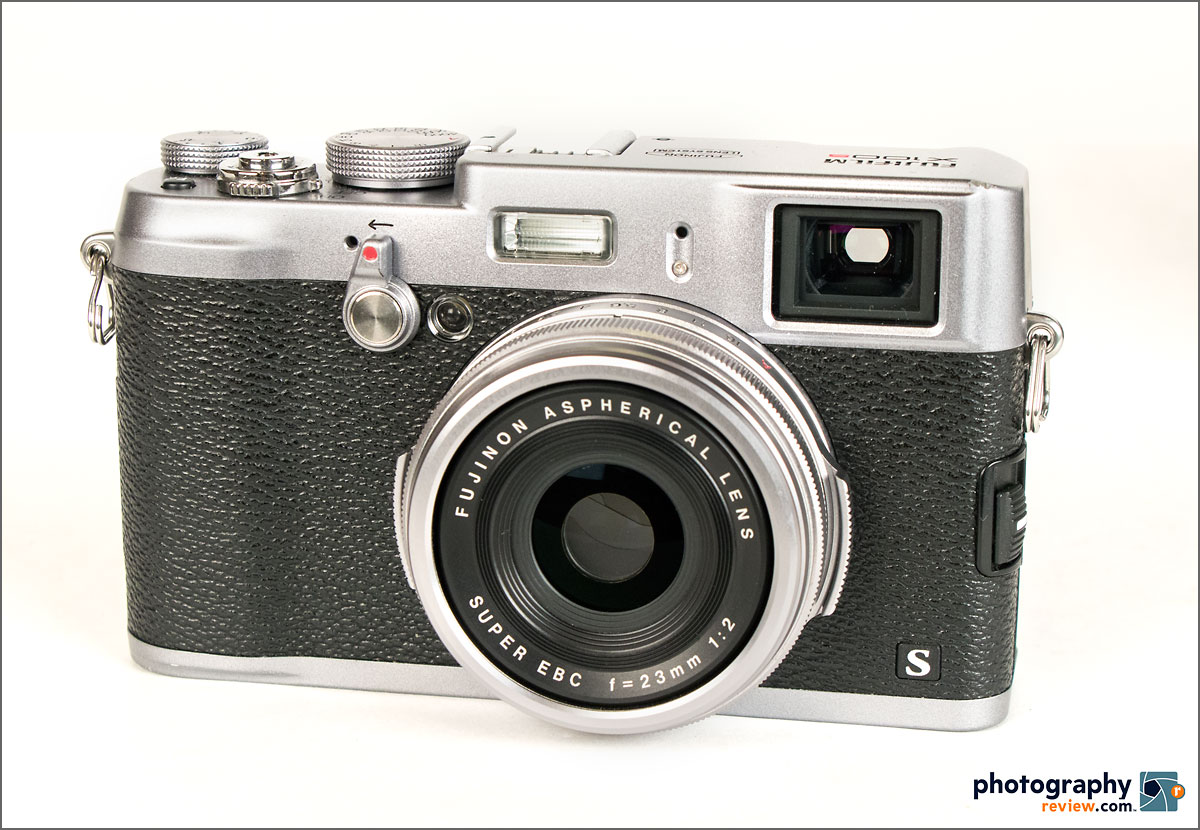


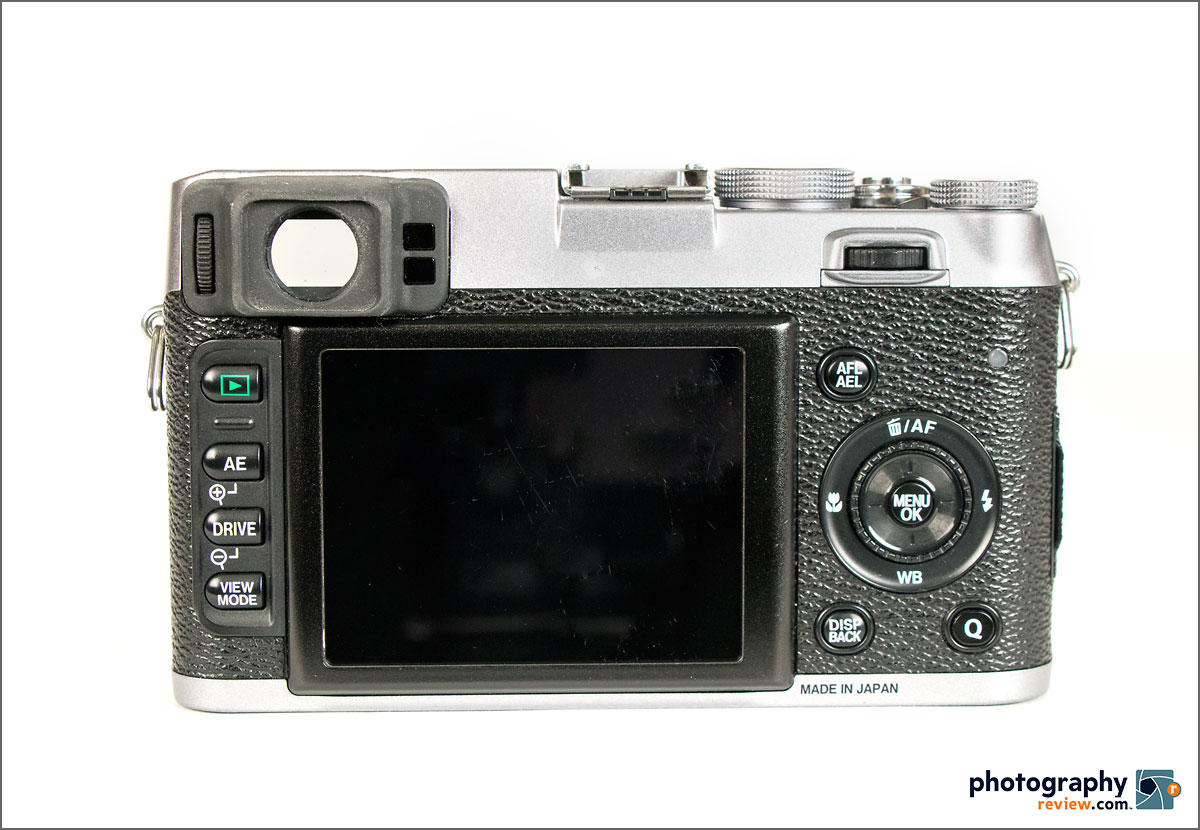

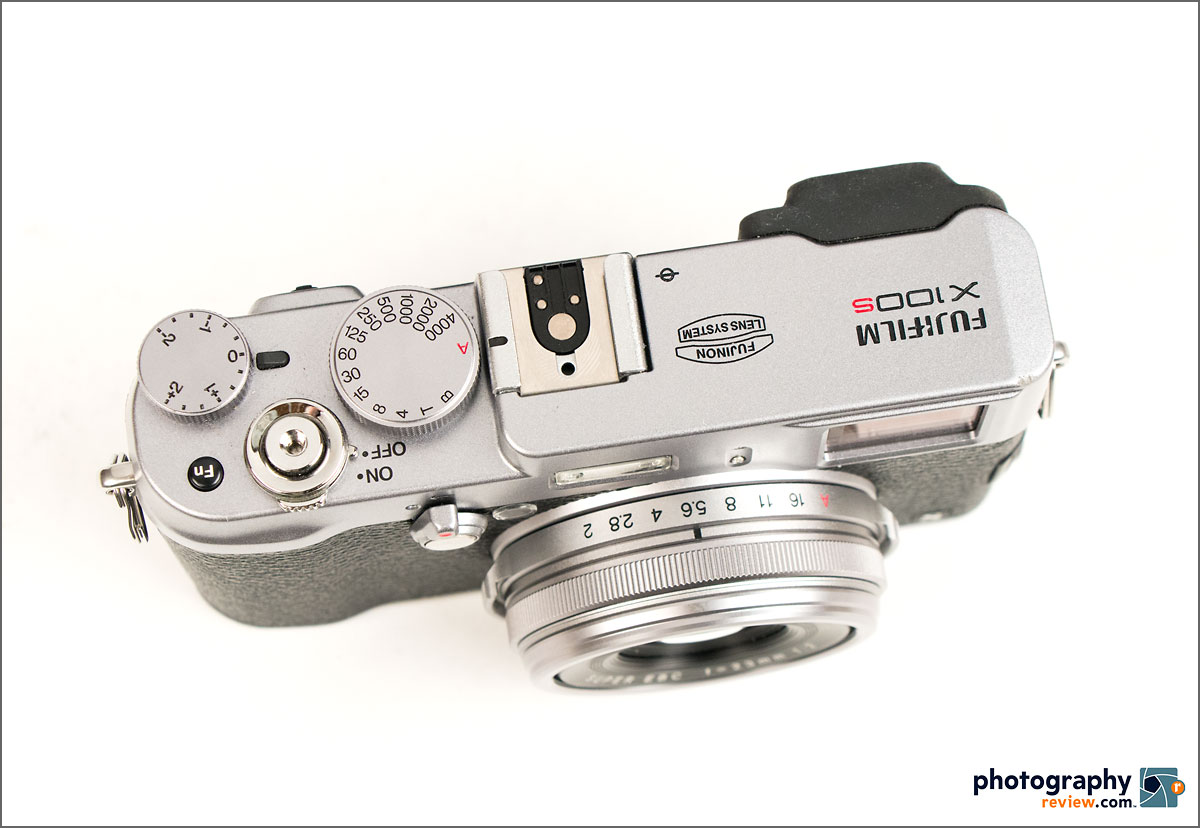

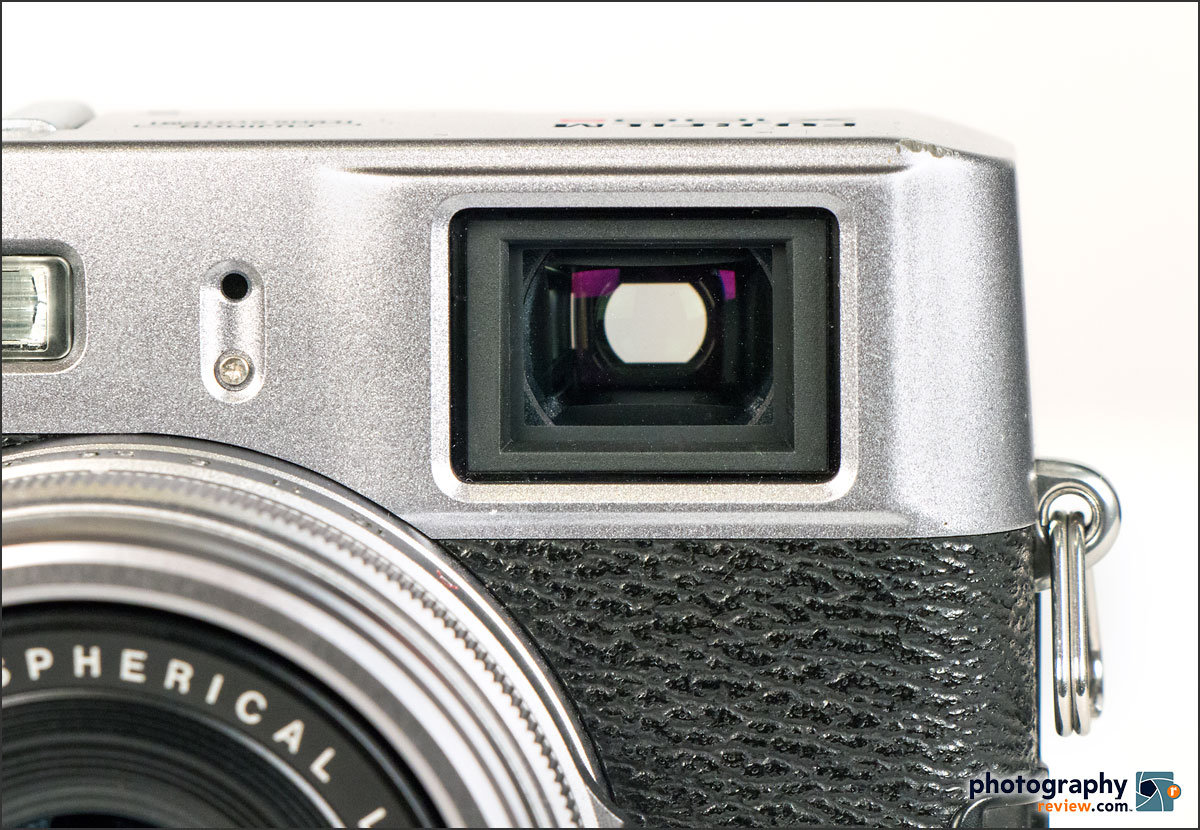

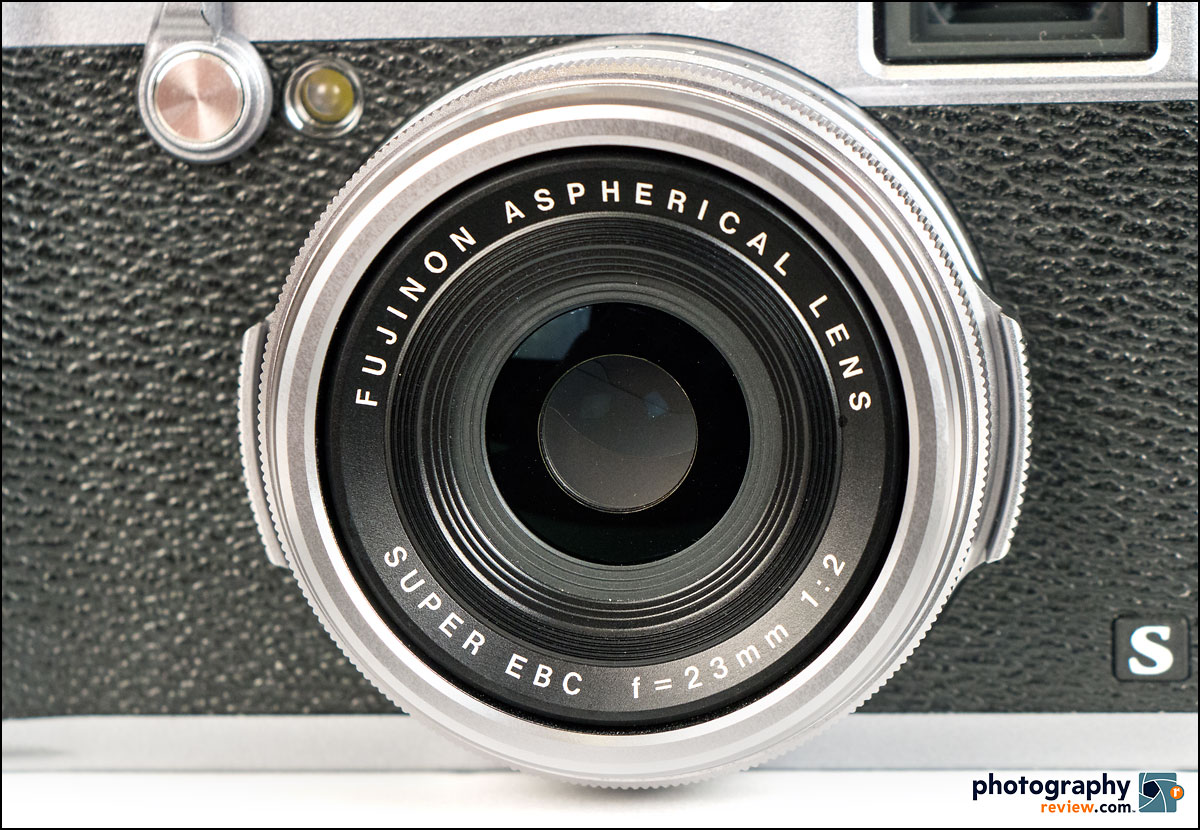

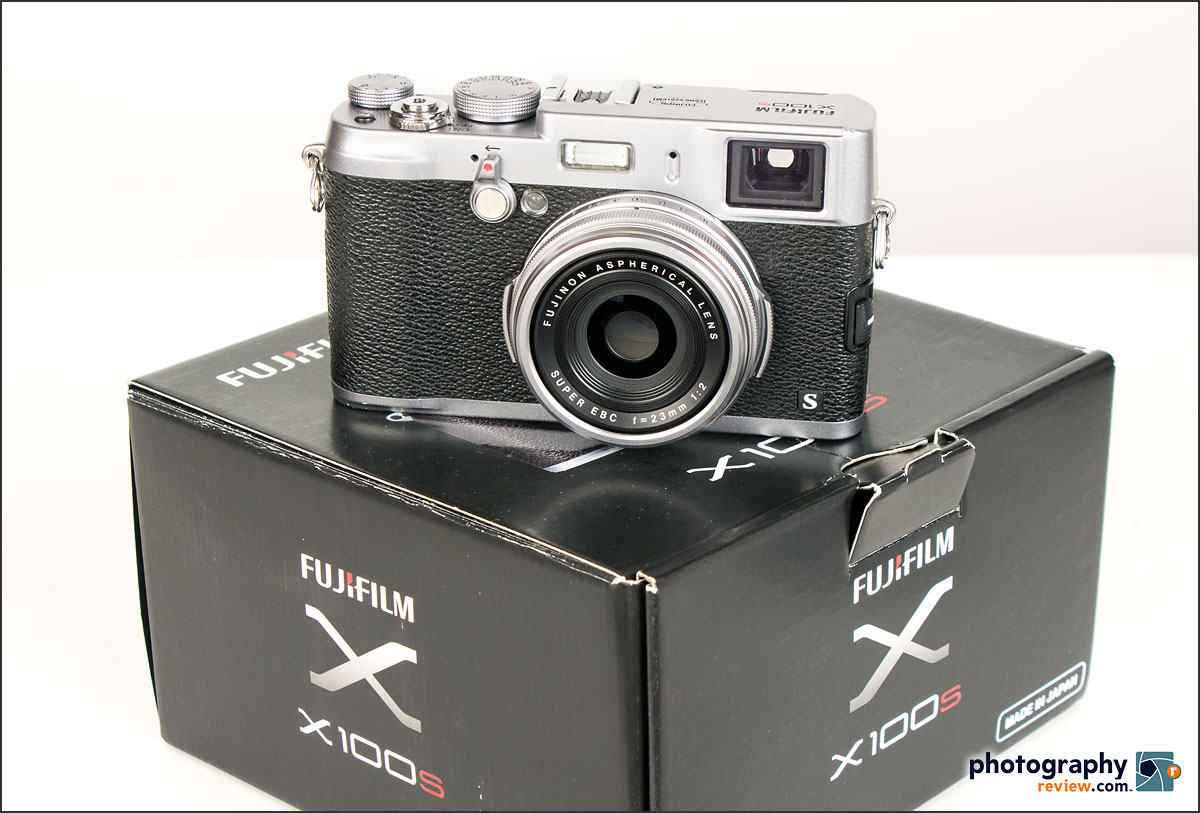

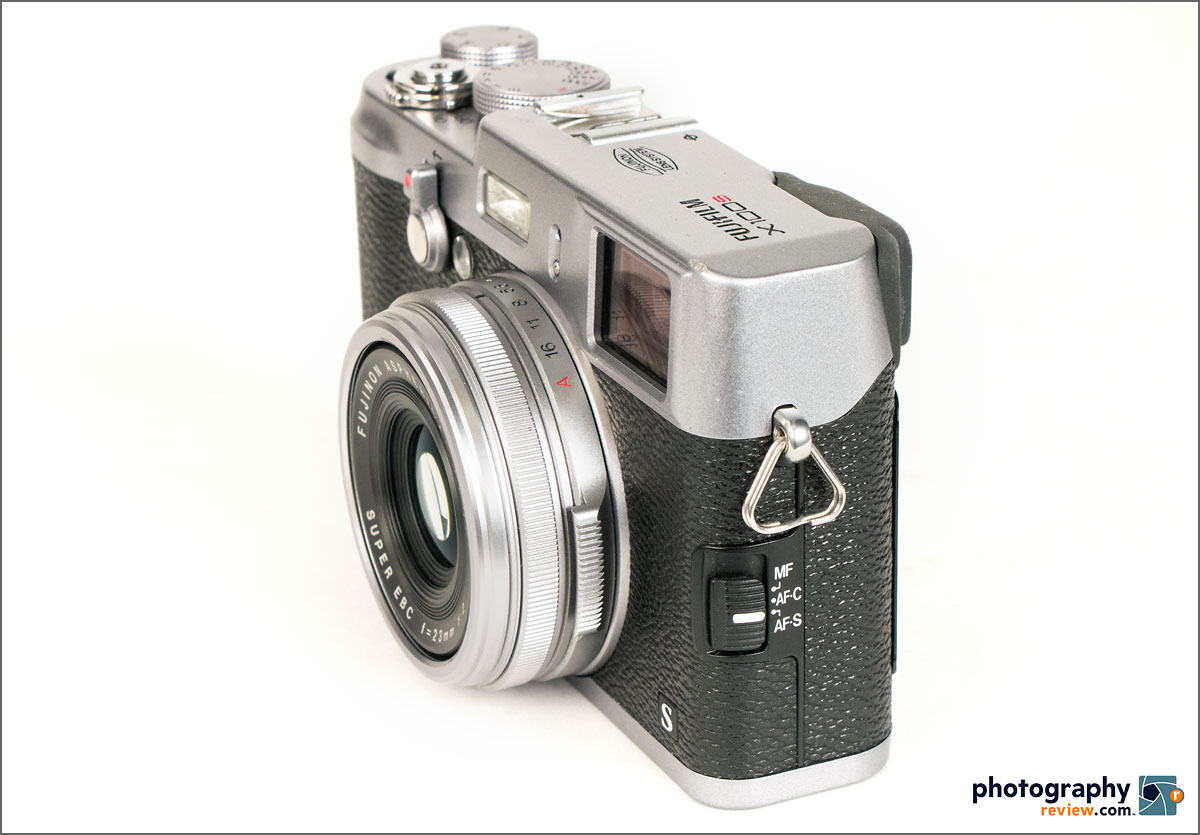

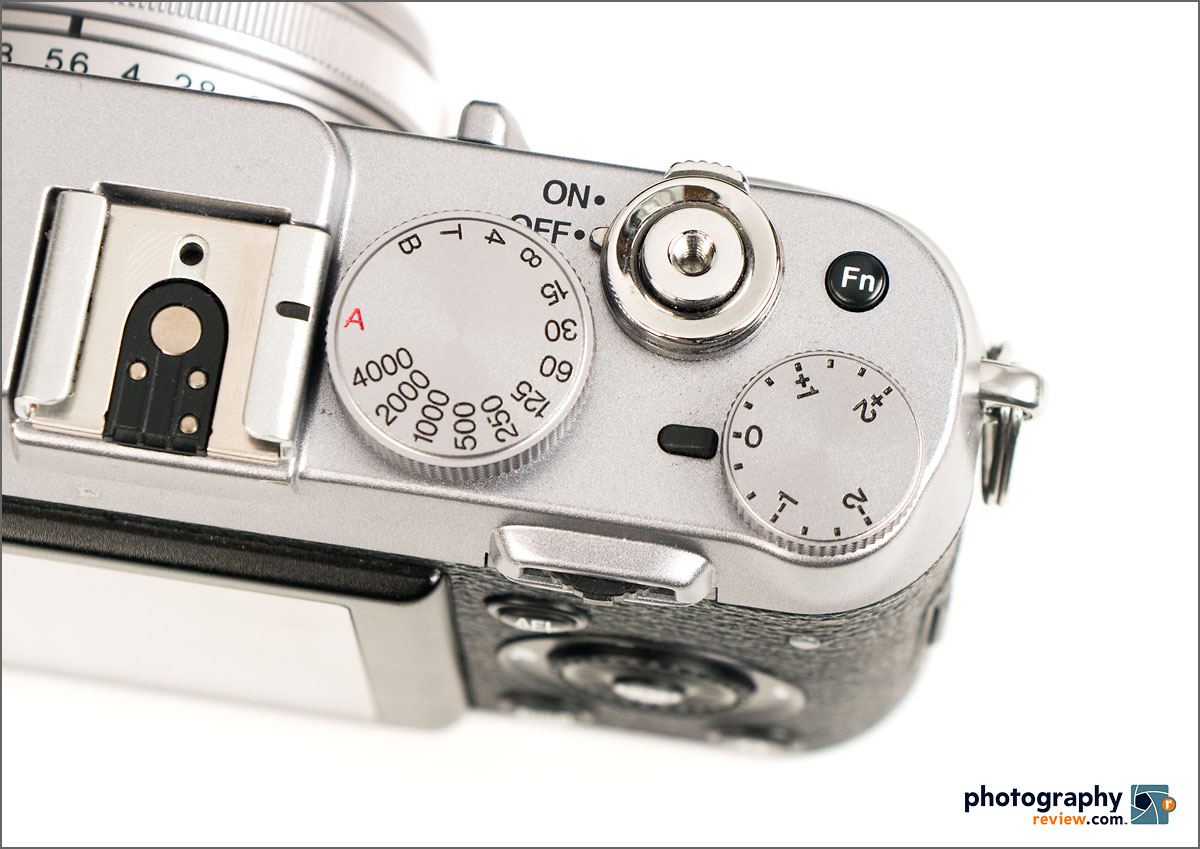

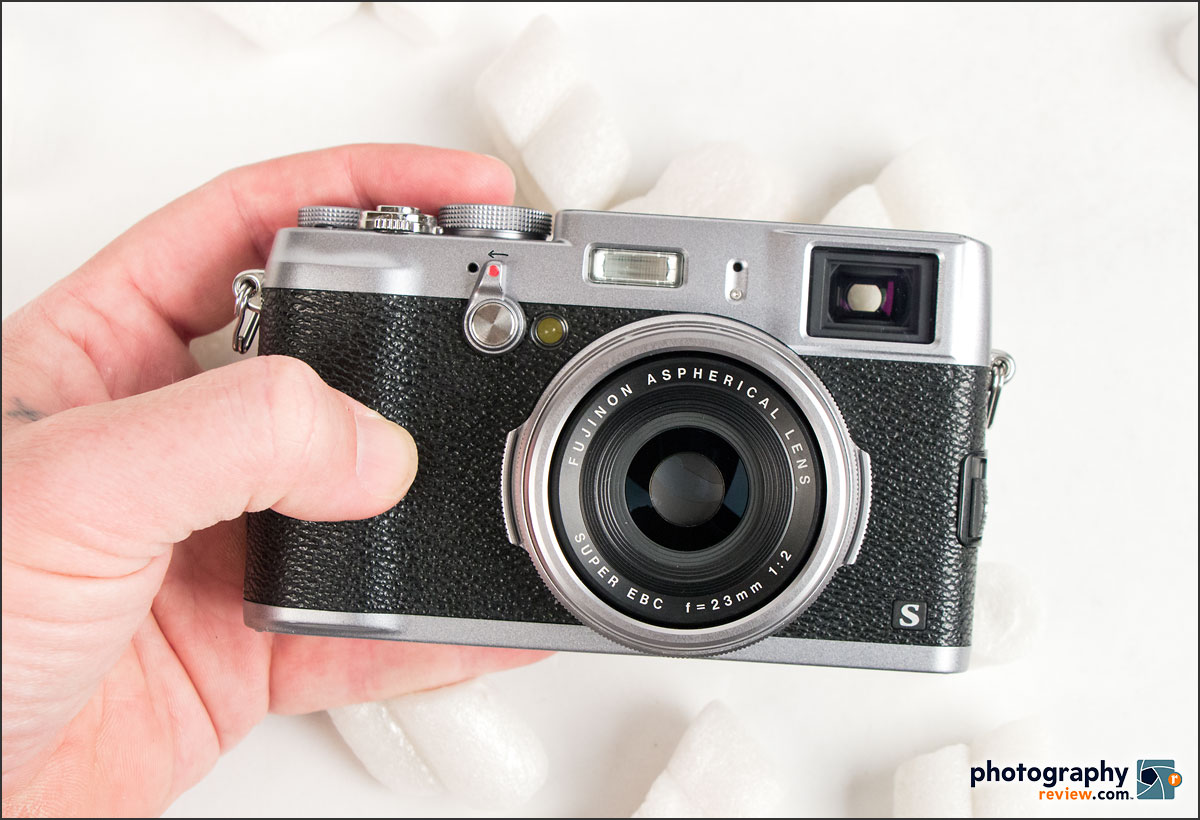

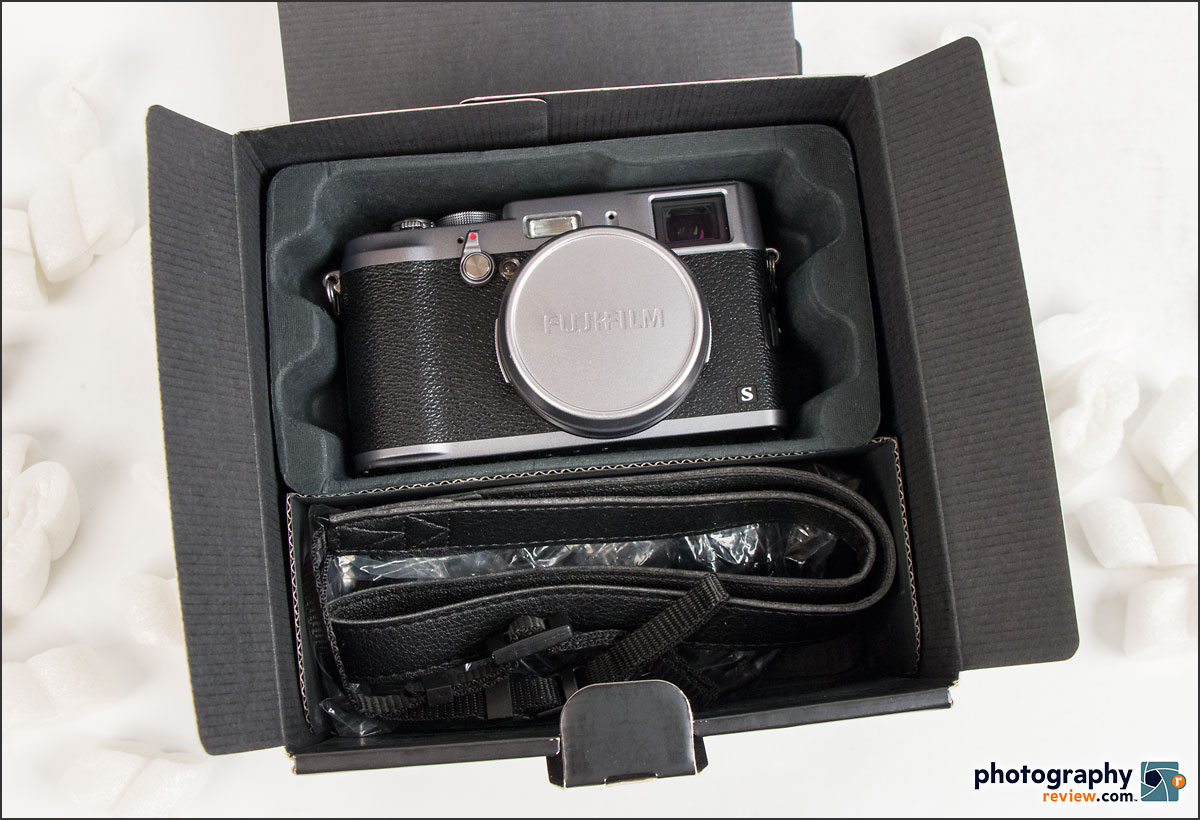



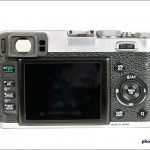
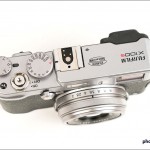
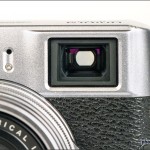


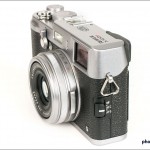
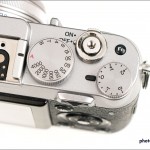

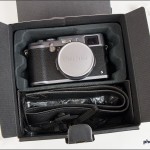
Leave a Reply